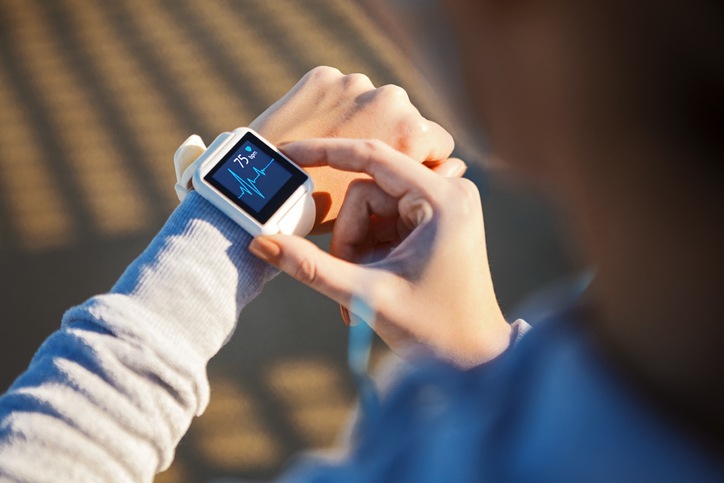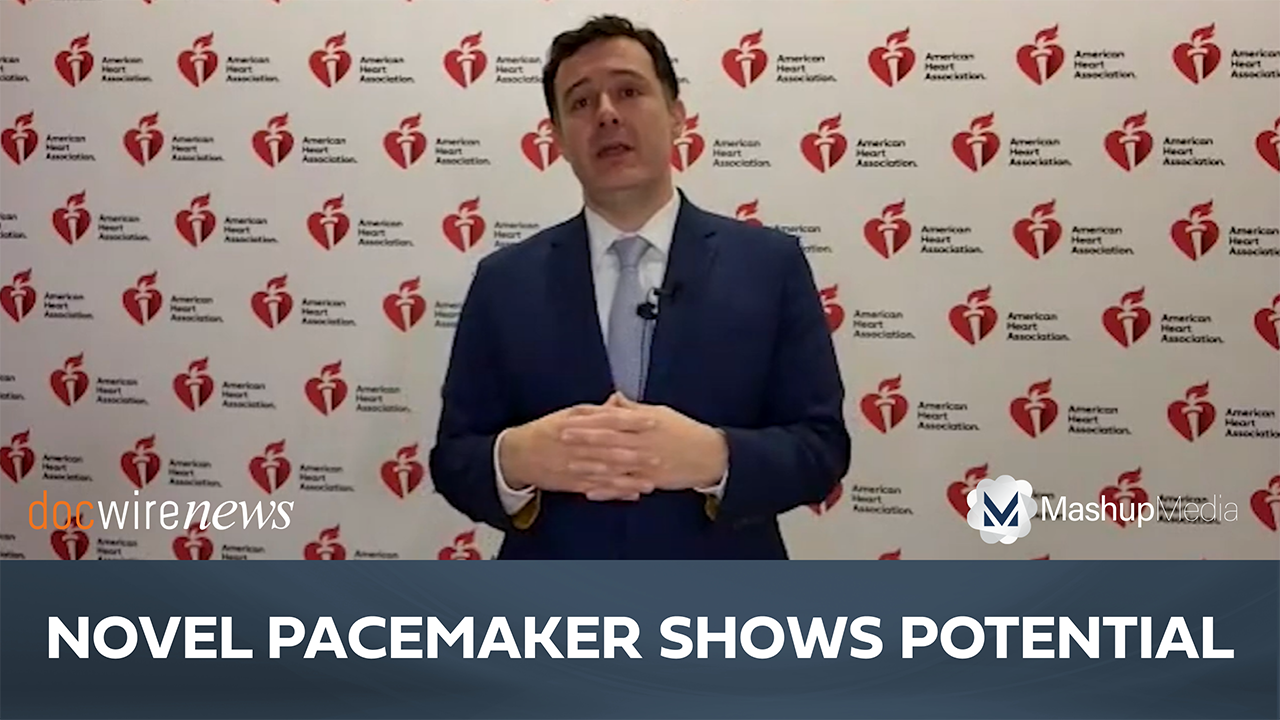
Now more than ever in the COVID-19 era, the use of digital technology in health care is increasingly important. In the Digital Tracking of Arthritis Longitudinally (DIGITAL) study, rheumatoid arthritis (RA) patients wore a FitBit Versa to track their health data. Two posters, presented virtually by the European League Against Rheumatism (EULAR), reported data from the DIGITAL study. DocWire News interviewed W. Benjamin Nowell, PhD, study author, Director of Patient-Centered Research at CreakyJoints, and principal investigator of ArthritisPower, about the findings of the studies and the future of digital patient monitoring.
DocWire News: What prompted you to undertake this study?
Dr. Nowell: Our DIGITAL study stems from our understanding that smartphones, wearables, and social media are ubiquitous in our daily lives. Given our increasing comfort using these tools to help us communicate with each other and access information, including about our own health, it was the right time – particularly as the COVID-19 pandemic has galvanized a greater reliance on digital communication — to examine how digital technology can be integrated into arthritis management and how it can be used to conduct arthritis research.
Our findings help inform future clinical trials and disease management strategies, and they come at the right time as we all adjust to the COVID-19 reality.
DocWire News: What are the key takeaways from the study?
Dr. Nowell: In the DIGITAL study, we wanted to learn more about the feasibility of patients using a smartphone app and commercial grade fitness tracker to provide daily data over an extended period of time.
In the poster titled, “Participant engagement in an ArthritisPower real-world study to capture smartwatch and patient-reported outcome data among rheumatoid arthritis patients,” we assessed participants’ adherence (30 days, n=170) to required daily digital tasks, such as wearing and syncing a smartwatch, and answering questions on a smartphone app during the first month of the main study period of the DIGITAL study. We were very pleased with the participation in the study. Of the digital tasks in the main study, participants were most adherent at wearing and syncing the smartwatch, with 93% wearing it at least 80% of the time. Participants were least adherent (but still very good) at completing daily patient-reported outcomes (PRO) assessments with 70% of participants providing them more than 70% of the time. Overall, 67% of participants achieved composite compliance, meaning that they provided more than 70% of the data across all data types.
In another poster stemming from the DIGITAL study titled, “Using self-reported outcomes to detect new-onset flare in a real-world study of participants with rheumatoid arthritis – Interim results from the Digital Tracking of Arthritis Longitudinally (DIGITAL) study,” we evaluated whether patient-reported new-onset flares could be detected using a classification model applied to data collected from participants with rheumatoid arthritis in a digital real-world study. The training data included 58 new-onset flares in 50 unique participants to build a logistic regression model that was applied to test data that included 64 flare outcomes in 52 unique participants. The best fit model that was able to correctly classify new-onset flare 78% of the time included the single-item patient-reported difficulty in participating in work, family life and social events from the OMERACT RA FLARE instrument and scores from the daily pain numeric rating scale. The DIGITAL study and Symptoms That Matter study were supported by Eli Lilly and Company.
DocWire News: Did any of the study’s findings surprise you?
Dr. Nowell: Overall, we were pleased with the robust participation we saw across the study period, which tells us that our study participants (mean age 52 in the first study) felt comfortable using smartwatch devices and the ArthritisPower app to conduct longitudinal research. As we continue the DIGITAL study, we’ll be able to learn a lot more about how people interact with digital devices, their comfort level using them to communicate health data, and about the potential to use activity trackers to monitor arthritis.
DocWire New: What limitations did the study have?
Dr. Nowell: ArthritisPower members self-reported physician diagnosis of their RA and self-selected their participation in the study. Moreover, as a digitally-based registry, the demographics of the sample may not generalize to patients with limited access to technology.
DocWire News: Do you have any future research plans pertaining to this area?
Dr. Nowell: These results will need to be replicated, but it’s our hope that we demonstrate that passive data collected from activity could potentially be used to complement information from patient-reported outcome measures in order to assess pain and other symptoms. Looking beyond research, we’re interested in whether passive data collection might be helpful to health care providers in monitoring patients in their clinical care. We want to find ways to track disease activity accurately, easily and with the informed and engaged participation of patients.
DocWire News: Any information not addressed by the previous questions that you would like to share?
Dr. Nowell: Findings from each of these studies provide insights into the feasibility of digital studies and will be useful to inform the design of future patient-centric clinical trials.
The DIGITAL study is supported by Eli Lilly and Company.







 © 2025 Mashup Media, LLC, a Formedics Property. All Rights Reserved.
© 2025 Mashup Media, LLC, a Formedics Property. All Rights Reserved.